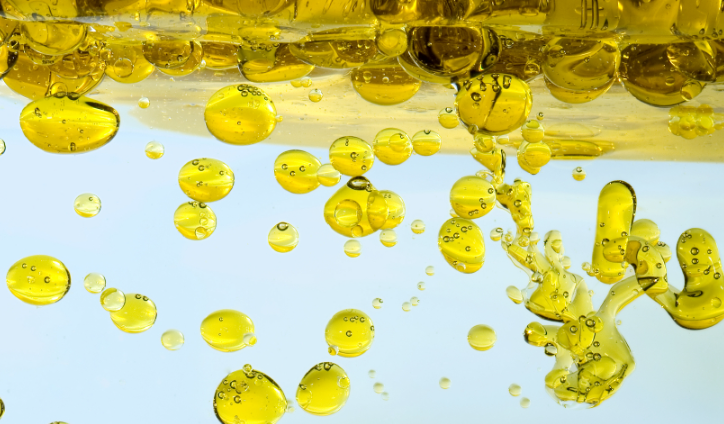Hydroxypropyl Methylcellulose (HPMC) can be used to create gels with specific properties for various applications, including in the pharmaceutical, cosmetic, and construction industries. The method of preparing and using an HPMC gel can depend on the intended application and the desired characteristics of the final product. Here are general steps for using HPMC to create a gel:
Materials Needed:
Hydroxypropyl Methylcellulose (HPMC):
Select the appropriate grade of HPMC based on the desired gel characteristics.
Water or Solvent:
Use distilled water or a suitable solvent to dissolve the HPMC. The choice of solvent depends on the specific application and the solubility of HPMC in that solvent.
Mixing Equipment:
A mixer or stirring apparatus to ensure uniform dispersion of HPMC in the liquid.
Container:
A container to hold the mixture during the gelation process.
Procedure:
Weighing HPMC:
Measure the required amount of HPMC based on the desired concentration of the gel. The specific concentration will depend on the application and the properties you want the gel to exhibit.
Adding to Liquid:
Gradually add the measured HPMC to the water or solvent while stirring continuously. It’s essential to add HPMC slowly to prevent clumping and ensure uniform dispersion.
Mixing and Hydration:
Continue stirring the mixture until the HPMC is well-dispersed in the liquid. The HPMC particles will hydrate and swell during this process. It’s crucial to maintain consistent mixing to avoid lumps.
Heating (Optional):
In some cases, gentle heating may be applied to facilitate the dissolution of HPMC. However, excessive heat should be avoided to prevent degradation of the polymer.
Continue Mixing Until Gel Formation:
Continue mixing until the desired gel consistency is achieved. The gel formation process may take some time, and the gel properties can be influenced by factors such as temperature and the specific type of HPMC used.
Cooling (If Heated):
If heating was applied, allow the gel to cool to room temperature. Cooling can affect the final properties of the gel.
Adjusting pH (If Necessary):
Depending on the application, you may need to adjust the pH of the gel using acids or bases. Check the specific requirements of your intended use.
Testing and Adjusting Properties:
Test the gel for its rheological properties, viscosity, and other characteristics. Adjust the formulation if necessary to achieve the desired properties.
Application-Specific Considerations:
Pharmaceutical Gels:
If preparing a pharmaceutical gel, consider factors such as drug compatibility, viscosity requirements, and desired release characteristics.
Cosmetic Gels:
In cosmetic applications, the texture, spreadability, and stability of the gel are critical. Formulate the gel to meet the specific requirements of the cosmetic product.
Construction Materials:
For use in construction materials, such as in cement-based formulations, HPMC gels may be added to improve workability, water retention, and other properties.
Always refer to the specific guidelines and recommendations provided by the manufacturer of the HPMC for the intended application. The properties of the HPMC gel can be influenced by various factors, and optimizing the formulation is essential to achieving the desired performance.


